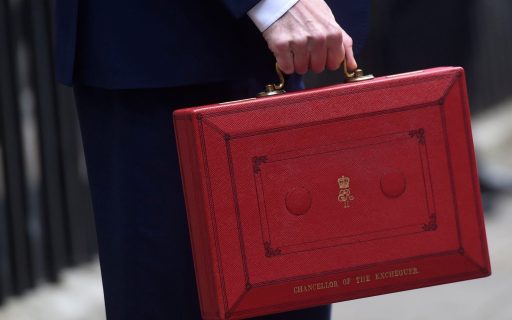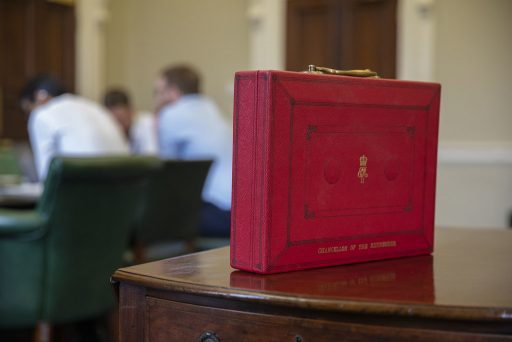We were very sceptical and reluctant to see anyone from GN as it sounded too good to be true and we have had similar schemes contact us and they weren't what the company made out. I decided to meet with GN and make a decision from there. The guy that came out was very friendly and explained everything really well to me.
Bournville Catering Equipment Ltd





